Corn Pho Quan Ba, Ha Giang was introduced at the autumn festival in Hanoi from September 29 to October 1, making many diners curious.
Corn is the staple food of the Mong people in the Ha Giang rocky plateau. From corn kernels, local people process many typical dishes such as men men (corn rice). From corn, Mr. Lai Quoc Tinh, owner of a resort in Trang Kim, Dong Ha commune, Quan Ba district (Ha Giang) and his colleagues created a new dish: corn pho.

A bowl of corn pho served to diners at the Hanoi Autumn Festival 2023 taking place on September 30.
"Ngo pho is a combination of the typical cuisine of the Mong people and pho broth, a dish known as the national soul of Vietnam," said Mr. Tinh. Starting in 2020, Mr. Tinh and his staff have researched and created a dry pho dish made from corn. Based on that, the group will continue to innovate and perfect the recipe for corn pho (water pho) in 2022.
At the end of 2022, the group participated in the "Finding the best pho cook" contest organized by the Vietnam Culinary Culture Association (VCCA) and Mr. Vuong Duc Bang, the group representative, was awarded the Golden Star Anise Award (the highest award) with his corn pho dish. This contest has 4 other Golden Star Anise Awards.
The combination of lowland pho cooking methods with ingredients from the rocky plateau helped Ha Giang corn pho make it into the list of 121 typical Vietnamese culinary dishes in 2022. In the list voted by VCCA, Ha Giang also has two other dishes: goby fish and au tau porridge.
To widely promote corn pho, Mr. Tinh sent the resort chef, Mr. Hoang Manh Cam (35 years old), to participate in the Hanoi Autumn Festival 2023 taking place from September 29 to October 1 at the Hanoi Children's Palace. The Ha Giang corn pho stall attracted many diners. On the morning of September 30, Mr. Cam sold more than 500 bowls. "Our purpose in participating in the festival is to allow diners to observe the corn pho preparation process directly and publicly and enjoy this new and unique dish," said Mr. Cam.
Corn pho uses local ingredients combined with the recipe for lowland pho broth but with some changes to create harmony. Corn grown on the Dong Van rocky plateau is small, short, starchy, sweet and aromatic. Mr. Cam said he tried making corn pho with other types of corn, such as hybrid corn, but the noodles did not have a beautiful yellow color and the taste was bland.
The process of making corn pho begins with the preliminary processing stage. After the corn kernels are removed from the cob, they are dried, roughly ground, the husks are removed and then soaked in water for at least 8 hours. The corn flakes are then ground into a fine powder, mixed with water to form a pancake mixture. Use a ladle to scoop the powder onto the surface of a steamer covered with a thin cloth, and cover the pot for 2-3 minutes to cook the powder evenly.
Corn noodles are hand-rolled like traditional noodles, but corn is less sticky than rice, so it requires a more difficult technique, Mr. Cam said. When cooked, the noodles turn a deep yellow color. The maker uses a wooden stick to lift the cooked round noodles off the steamer and dry them on a bamboo pole for 5-7 minutes, waiting for them to cool.
The cold rice noodles are folded into rectangular pieces and sliced into thin strips. This also requires technique, so that the noodles do not break or the strips break.
Corn noodles are only suitable to eat with beef. The beef Mr. Cam uses is Ha Giang yellow beef, which has been granted a geographical indication certificate by the Department of Intellectual Property (Ministry of Science and Technology). "These are free-range local cows, the meat is firm, chewy and sweet," Mr. Cam said.
The broth is simmered from beef bones and some tubers and fruits of the Ha Giang rocky plateau. It has a light, sweet taste, fragrant with cinnamon and star anise, mixed with golden pho noodles. Mr. Cam did not reveal the tubers and fruits used to cook the pho broth.
Visiting the autumn festival food space on September 30, Ms. Bui Thi Xuan (61 years old, Thai Binh) said she was surprised to see a crowd in front of the corn pho stall and also ordered a bowl. "The pho has clear, rich broth, the noodles have a strange yellow color, the broth smells of corn and vegetables, different from Hanoi pho," she said.
Ms. Duong Thi Loan (33 years old, Hanoi) was impressed with the yellow pho noodles made from corn flour. According to her, the pho noodles are "bigger and softer than pho noodles made from rice, with a distinctive corn flavor".
Because it has less starch than rice, corn pho is good for people who want to lose weight, are obese, or are on a diet, Mr. Cam said.
Ha Giang currently has no official corn pho establishment. Diners can enjoy free corn pho for breakfast at the resort in Trang Kim village, famous for its hand-painted pho in Dong Ha commune, Quan Ba district.
Corn pho brings new colors and flavors to the Vietnamese pho collection. Making corn pho also helps increase the value of corn, contributing to increasing income for people in the highlands.
Article and photos: Quynh Mai
source













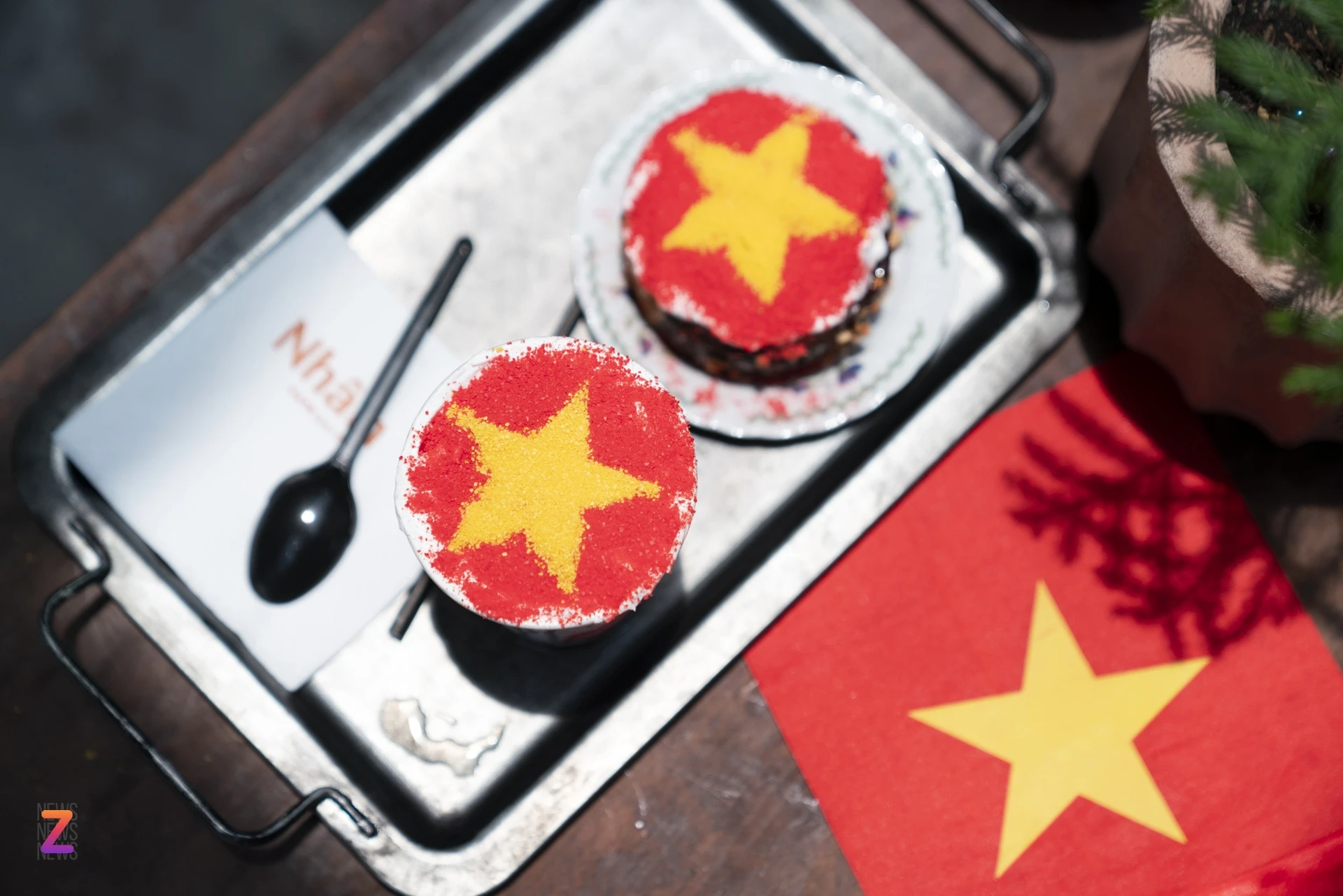
![[Photo] Quang Binh: Bright yellow vermicelli flowers in Le Thuy village](https://vstatic.vietnam.vn/vietnam/resource/IMAGE/2025/4/6/80efad70a1d8452581981f8bdccabc9d)







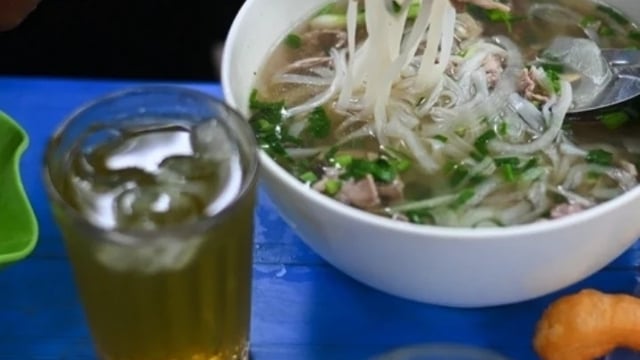

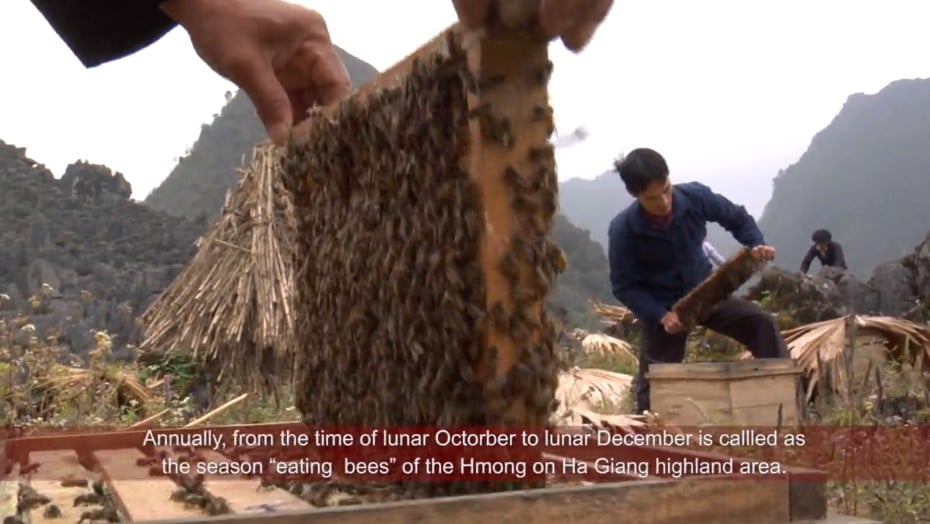



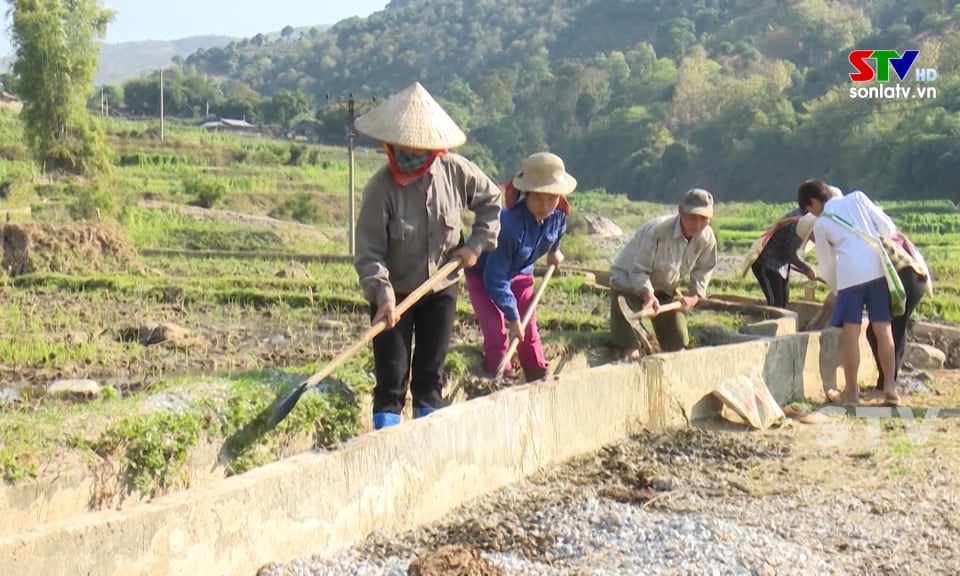





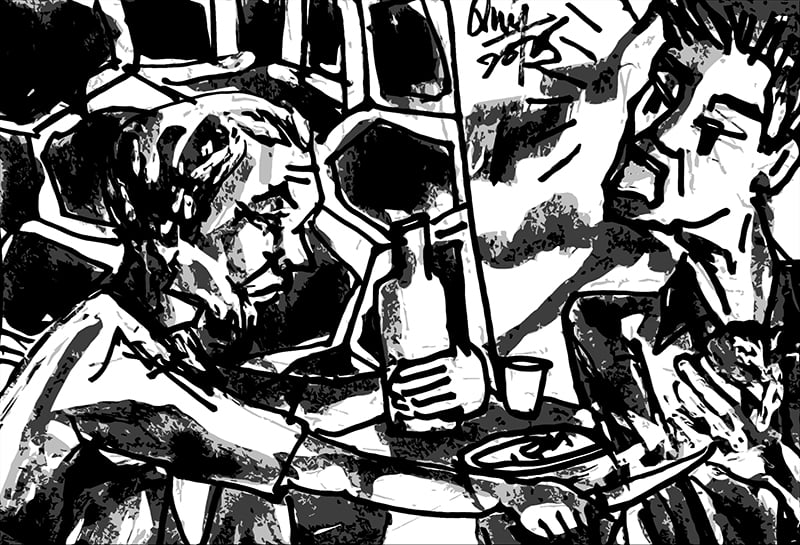

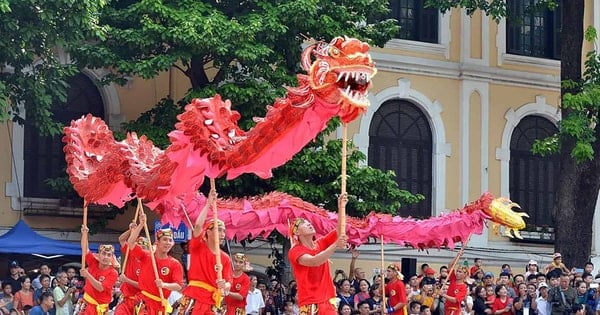
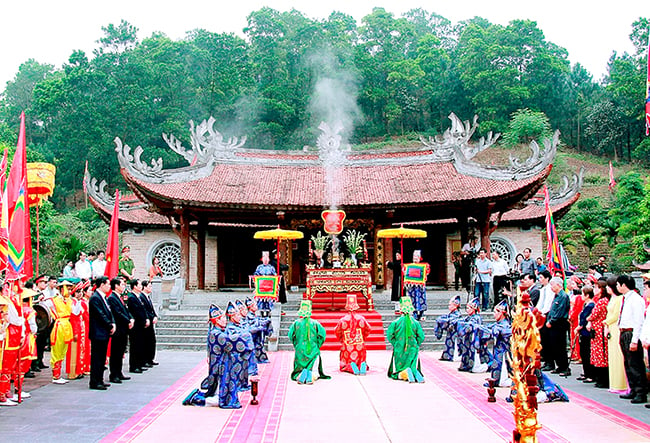
![[Photo] Prime Minister Pham Minh Chinh chairs meeting on US imposition of reciprocal tariffs on Vietnamese goods](https://vstatic.vietnam.vn/vietnam/resource/IMAGE/2025/4/5/9b45183755bb47828aa474c1f0e4f741)
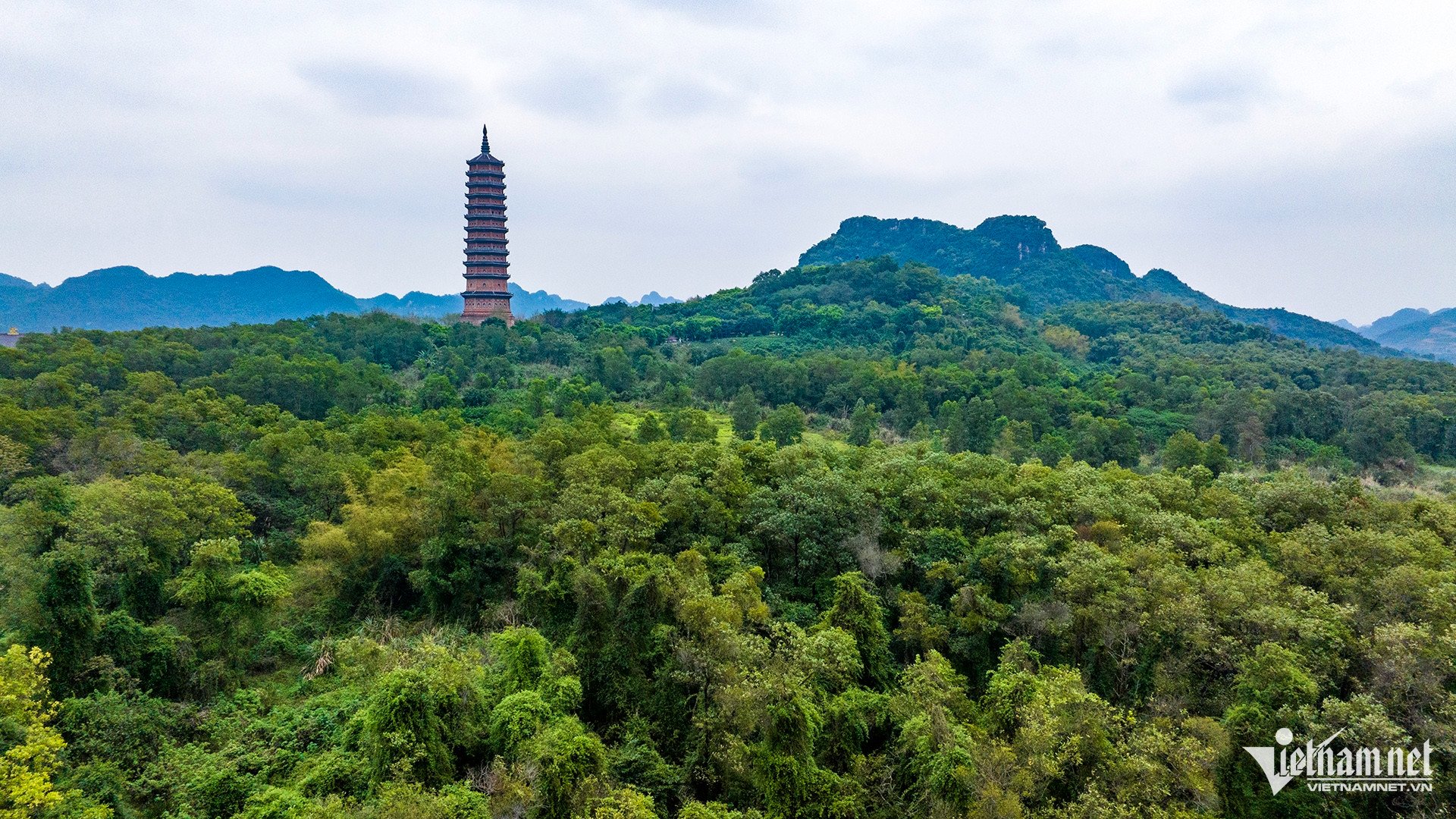

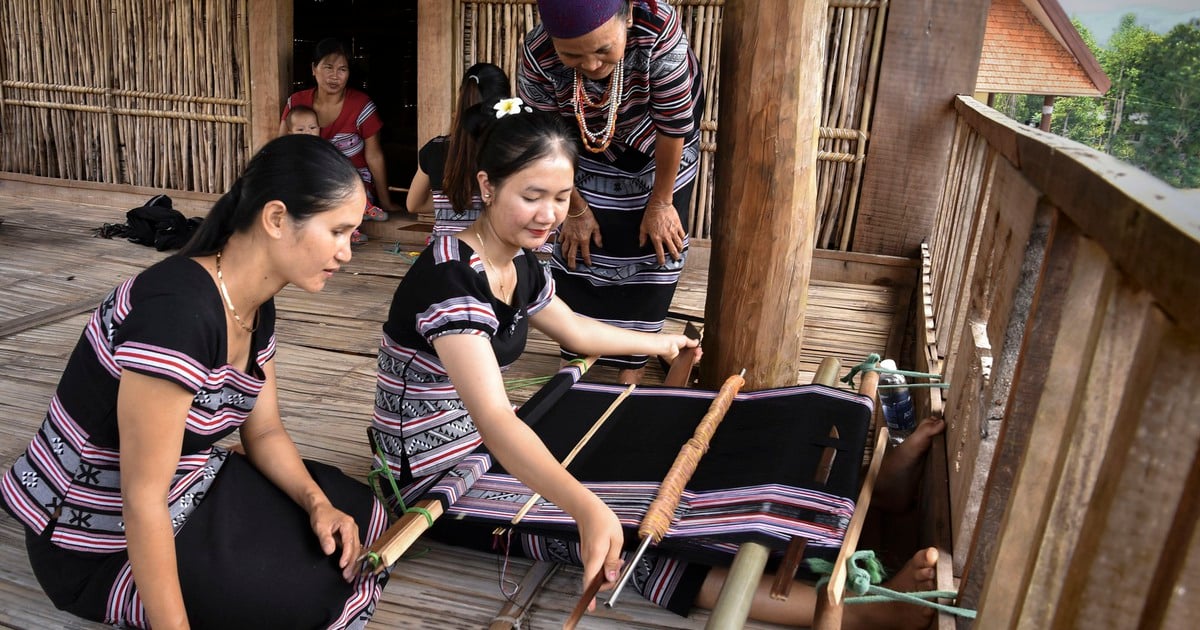



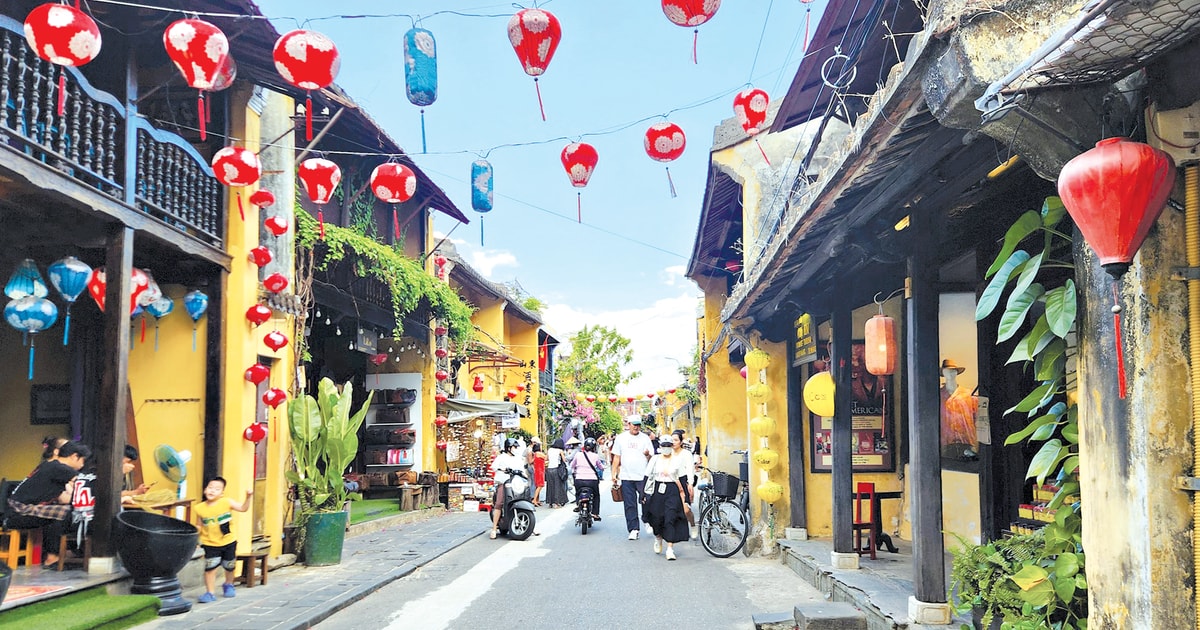

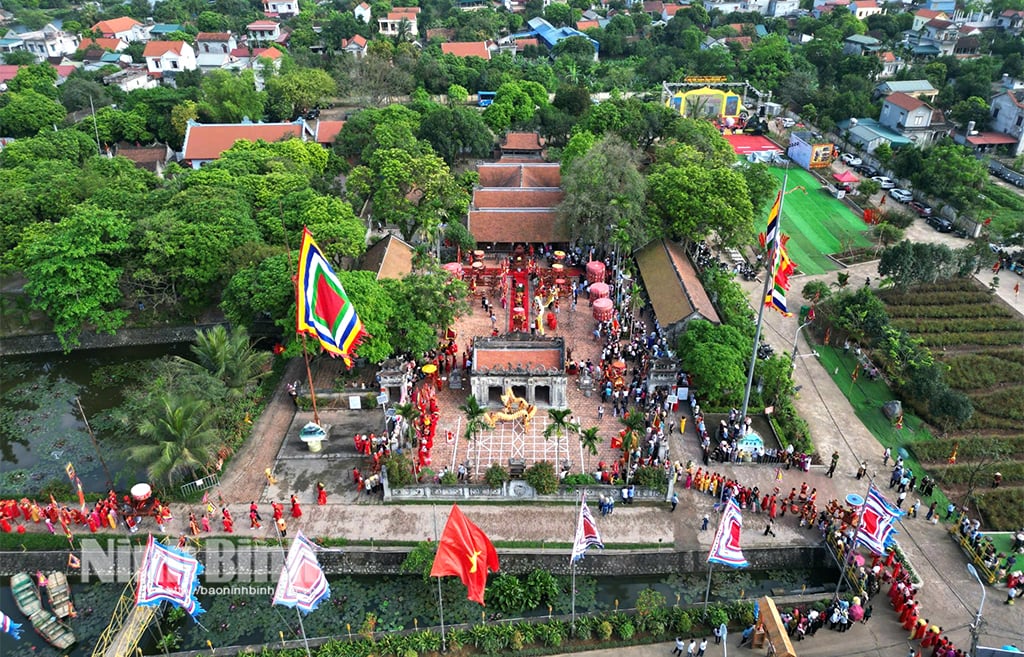



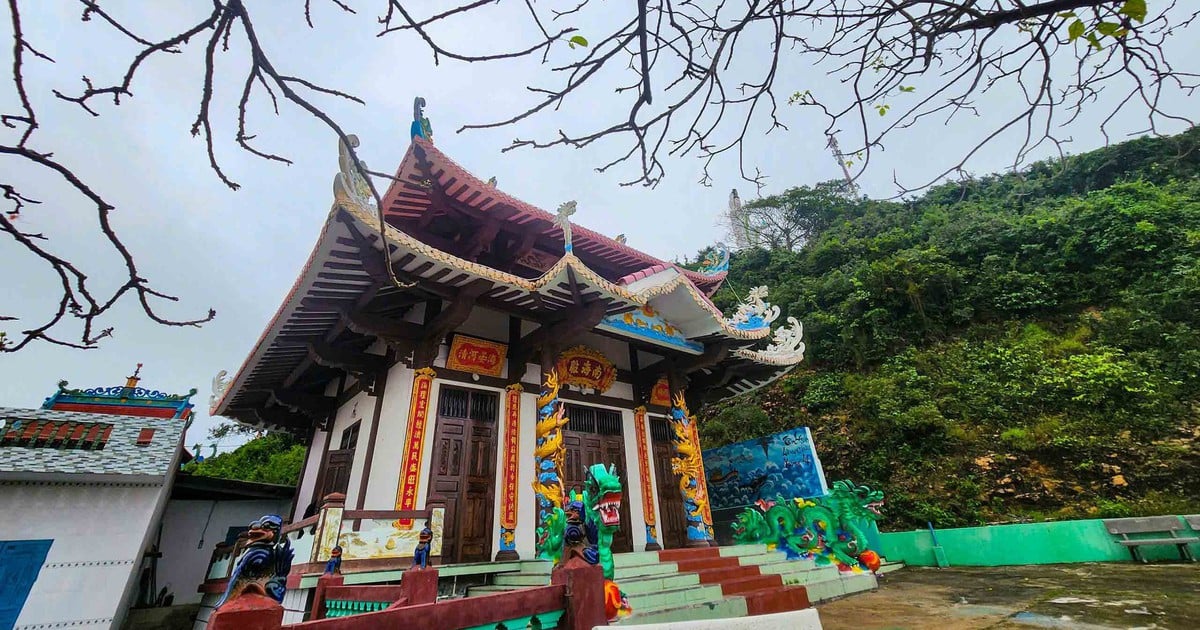




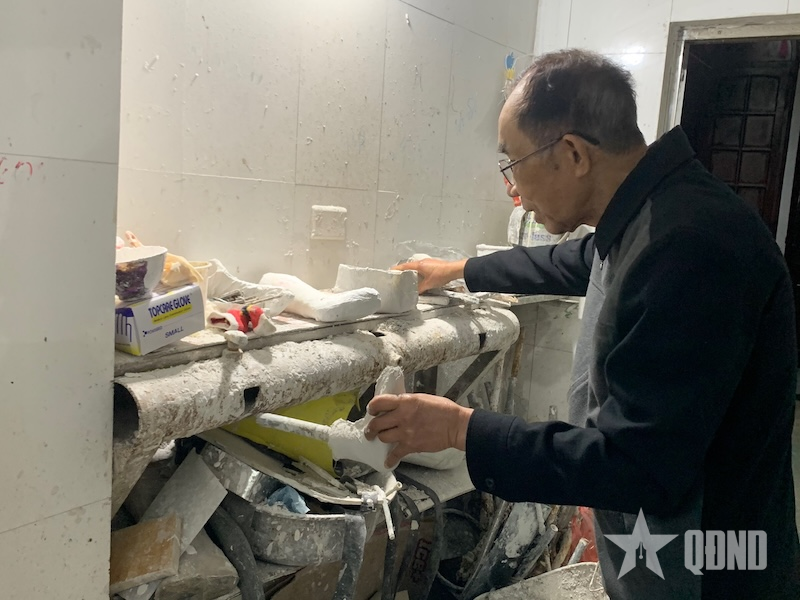

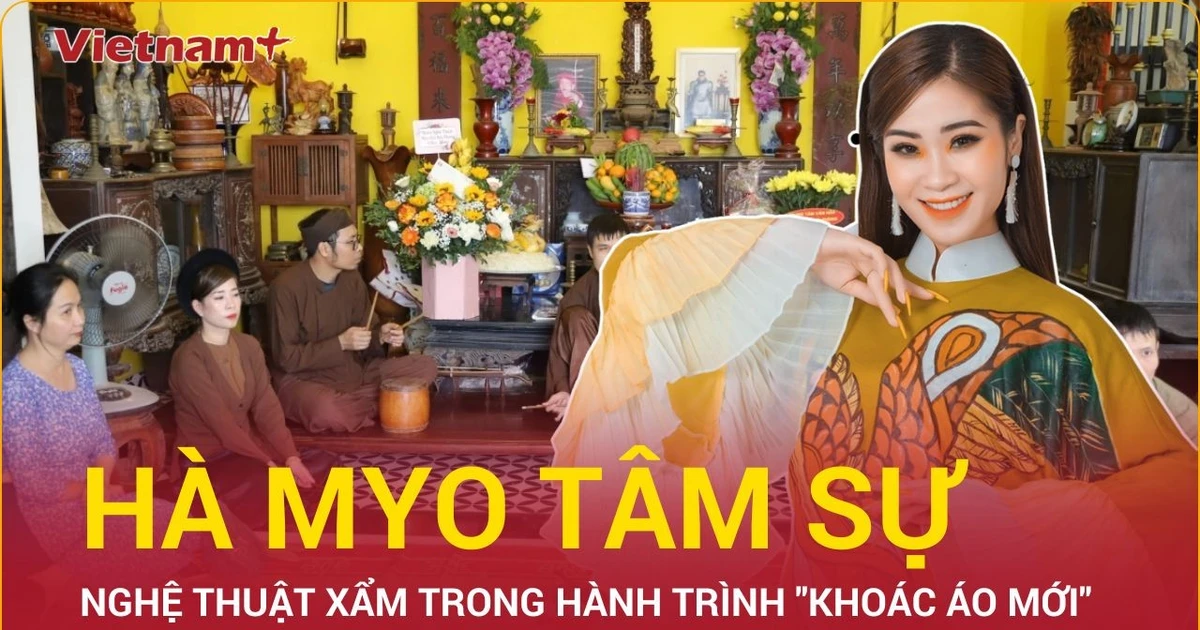




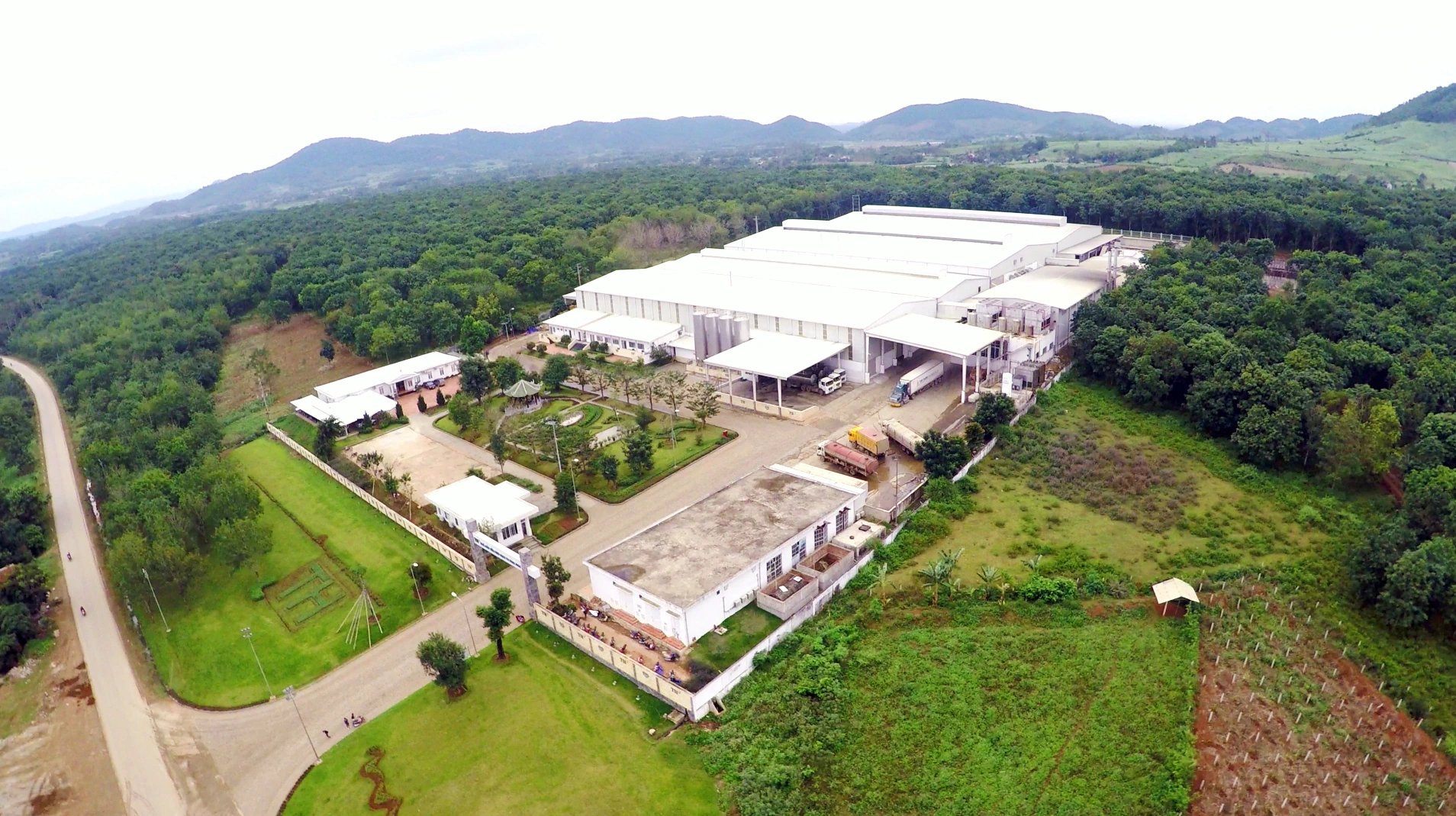










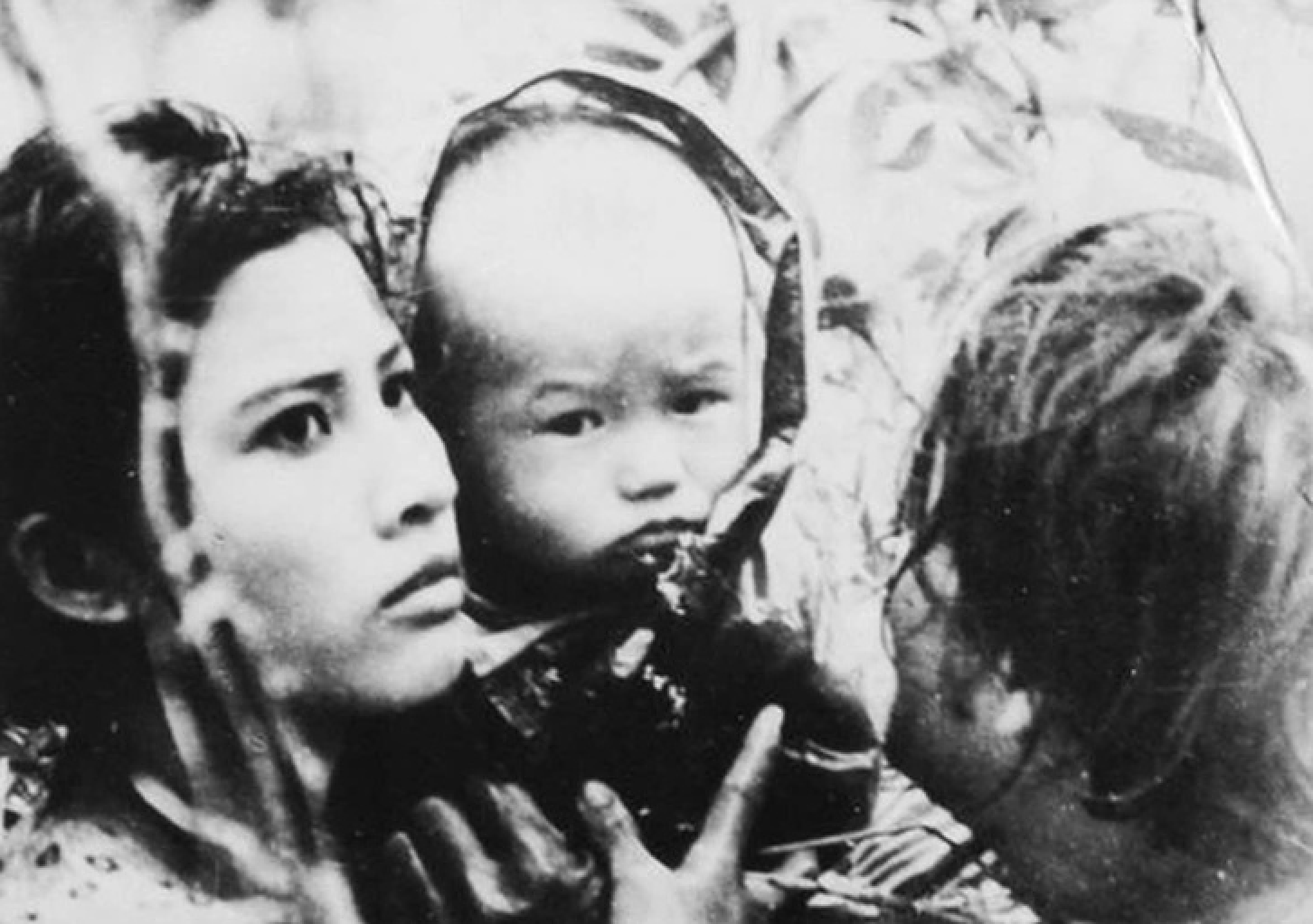













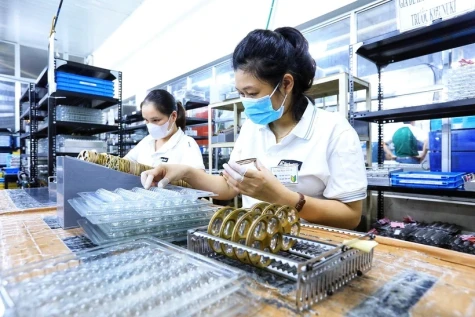







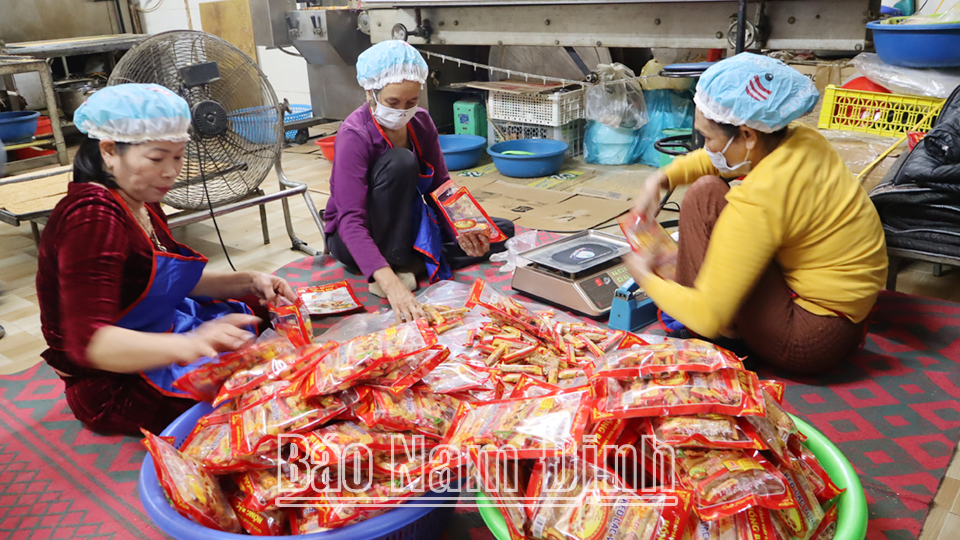





Comment (0)